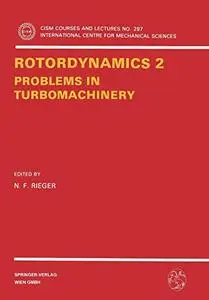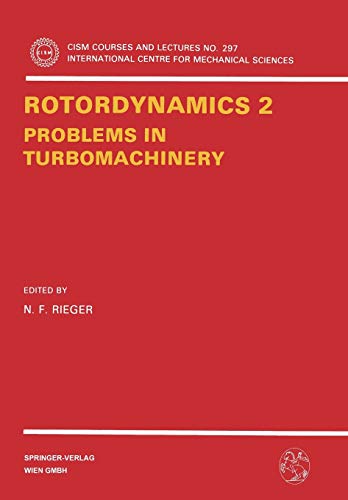Rotordynamics 2: Problems in Turbomachinery by Neville F. Rieger
English | PDF | 1988 | 579 Pages | ISBN : 3211820914 | 40.5 MB
Current attention in turbomachinery design and operation is sharply focused on the achievement of higher levels of availability and reliability. The usual trends towards minimum weight and low vibration have become standard well-recognized criteria for turbomachines of all types. The thrust of new work is towards increasing the number of operating hours per year and to minimize outage and maintenance periods. It is hoped that the technology presented in this volume, "Rotordynamics II- Problems of Turbo machinery" will contribute towards the above objectives by its consolidated presentation of existing material, and with the inclusion of newly prepared material on a range of new and important topics. This latter is not elsewhere available in a single volume. The subject of rotordynamics now covers a large number of contributing disciplines, and it is now soundly based on long established principles. Nonetheless, rotordynamics continues to evolve new and fast-developing aspects, such as the recent surge in instrumentation development, analytical equipment, and in monitoring devices, all of which are part of the current revolution in microelectronics. Certain new devices such as magnetic bearings also offer great promise for future application in space, computer, and medical applications. These devices have themselves given rise to sub-sets of rotordynamics technology. In more conventional areas, new problems such as torsional transient effects on machine survivability, and the recent emphasis on blading life improvement have contributed to increased demands for structural component reliability, and have required additional technology involving life prediction and component life extension. Rotordynamics research is therefore much different, more detailed, and perhaps more exacting than the situation which existed ten or Fifteen years ago. It is therefore timely to focus these newer developments into a single volume, written by many experts involved in developing this new technology. Such a volume should provide designers and operators with a concentration of new material which will, in turn, further contribute to the development of more reliable and better functioning turbomachinery.



